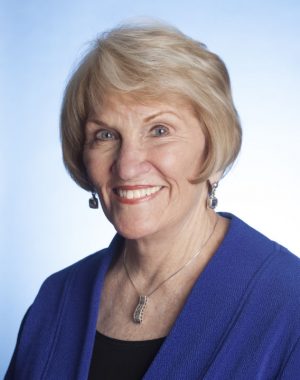Humans speak and spin stories. We are mind-blowingly complex because we use language. We are wired to love stories, learn from them, and make them up. We strive to make sense of our existence and are capable of producing great literature. This is our glory and our plight.
We literally cannot help making up the stories we tell ourselves and others! Part of the plight of being linguistically oriented is that we don’t always update the stories we tell ourselves about who we are. Sticking to your story may not always be a good idea. In real life, you can get stuck in the stories you continually tell yourself about who you are: you eventually cease to notice that they are no longer true, that you have evolved into a different person from who you once were.
I tell my clients at the very beginning of our engagement that all the work we do together from session to session and in between, will ultimately be about updating the answers to the primary questions life keeps asking us over time, from within and without: Who are you? What do you want? Where are you headed? How are you going to get there? In one way or another other people often seem to be asking us the question, “What’s your story?”
In our sessions we discover the answers are right there inside of you. What’s your story? What’s your story now? You tell me. My mission is to help guide you to the goldmine inside. My educational background in psychology, philosophy, theology and linguistics, has prepared me for this work, which has been my bliss now for over 25 years.
You can imagine how thrilled I was to see this headline on the front page of the “Personal Journal” section of The Wall Street Journal on Tuesday morning, April 7, 2015: Healing Power of Good Spin: How we construct personal narratives has a major impact on our mental well-being; beyond looking on the bright side.
I immediately began talking in my head to Elizabeth Bernstein, who wrote the article: Well yes, Elizabeth, I know this! This concept is at the heart of my work! How did you know about the healing and power that are unleashed when a person is able visit or revisit the stories they are in the habit of telling themselves and other people, and about how they begin to gain clarity about who they actually are as old stories begin to be replaced by new, authentic stories. We need to talk! Can you see from this example of my internal conversation with Elizabeth that we constantly make up spontaneous stories in our heads without even trying? After finishing the article and my morning cups of tea, I came to my senses and decided to write this article for the Opening Bell instead of sending an email to Elizabeth.
The photograph accompanying the Bernstein article features 50-year-old Bill Baker enjoying a walk with his wife. He was a seasoned triathlete until his shocking heart attack after running 22 miles and biking 52, in preparation for his 107th marathon (!). The doctors advised him not to drive or do any endurance training for at least six months.
It’s not difficult to imagine how devastating this event and subsequent restrictions were for him. He felt “one of the most important aspects of his life had been ripped away,” and he sank into despair. The story of who he was for most of his adult life was no longer true. So who was he? How could he ever have a different answer to that central question life keeps asking us from the inside and outside?
Springtime, when living creatures are busy renewing themselves, might just be the perfect time to reflect on the narratives you have been carrying around a little too long. For the latest research undergirding the themes in this article, and for a list of seven steps to help you revisit and/or reframe your own narratives, Google the April 7, 2015 issue of the WSJ.
Our dear Bonnie Bonetti-Bell was the force behind our Career/Life Coaching services, until her passing in 2019. As a principal of our firm, Bonnie had an innate talent for seeing the best in people. Moreover, she helped others see the best in themselves. Bonnie is fondly remembered and deeply missed.


